Have you ever witnessed your gentle feline suddenly transform into a whirlwind of claws and hisses? One second, your cat is purring in your lap, and the next, it’s biting your hand or bolting under the couch. Emotional overstimulation in cats is more common than many people realize, and it can be both puzzling and heartbreaking to watch your beloved pet struggle. Whether you’re a seasoned cat parent or new to feline companionship, understanding how to soothe an overstimulated cat is a game-changer. These tried-and-true methods can help restore peace and happiness to your home—and give your furry friend the comfort they crave.
Recognize the Signs of Overstimulation

Cats have their own language, and overstimulation comes with clear signals if you know what to look for. A twitching tail, flattened ears, or sudden skin ripples are often the earliest warnings. Some cats will vocalize more, while others may start swatting or biting seemingly out of nowhere. Recognizing these signs quickly means you can step in before things escalate. It’s vital to remember that overstimulation isn’t your cat being “bad”—it’s a sign they’re feeling overwhelmed and need a break. Paying attention to these subtle cues lets you respond with empathy instead of frustration. The more you observe your cat, the easier it becomes to spot these signals early and act accordingly.
Give Your Cat Space to Retreat
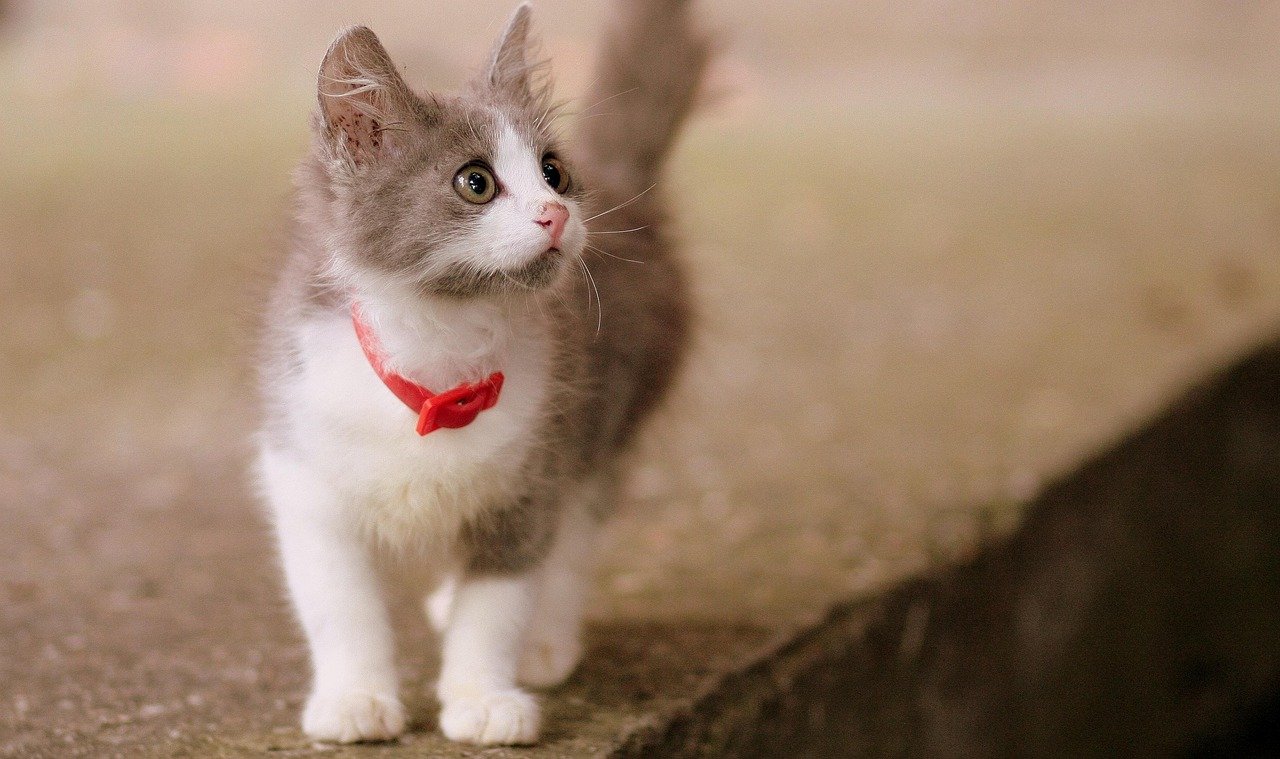
Sometimes the most loving thing you can do is simply step back. When a cat is emotionally overstimulated, they often crave solitude. Allowing them access to a quiet room or a cozy hideaway gives them a chance to decompress at their own pace. If your cat flees to a favorite hiding spot, resist the urge to follow—they’ll return when they feel safe again. Many cats appreciate soft bedding, dark corners, or elevated places where they can observe without being disturbed. Think of this as their personal “time-out” zone, not a punishment. Respecting their boundaries in these moments is essential for rebuilding trust and keeping stress from snowballing.
Use Gentle, Calm Voices

Your tone of voice can have a profound impact on your cat’s emotional state. Loud noises or sudden exclamations may heighten their stress, while soft, soothing words can help them relax. Speaking in a low, gentle voice tells your cat that everything is okay, even if they’re having a rough moment. Avoid shouting or using a high-pitched tone, which can sound like distress to their sensitive ears. Try humming softly or speaking in reassuring phrases—think of it as a lullaby for your feline friend. This approach not only helps to calm your cat but can also soothe your own nerves during tense situations. Over time, your pet may even start to associate your voice with safety and comfort.
Limit Physical Contact

Cats who are emotionally overstimulated often find touch overwhelming, even from their favorite humans. It’s tempting to want to comfort them with pets and cuddles, but this can make things worse. Instead, keep your hands to yourself until your cat shows signs of wanting attention again. If you must interact, try offering a finger for them to sniff or letting them approach you first. Respecting their need for space teaches your cat that you understand their boundaries. Over time, this builds a deeper bond based on mutual trust and respect. If your cat does return for affection, start with gentle, brief strokes and watch for any signs that they’ve had enough.
Offer a Favorite Toy or Distraction

Redirecting your cat’s attention can be an effective way to help them calm down. A favorite toy, such as a feather wand or a small stuffed animal, can provide a safe outlet for pent-up energy. Interactive toys that mimic hunting behavior are especially helpful, as they allow your cat to release stress through play. Rotating toys regularly keeps things interesting and prevents boredom, which can contribute to overstimulation. Try tossing a ball or dangling a string at a safe distance—sometimes a little distraction is all it takes to shift their mood. Always supervise playtime during these moments to ensure safety, and never force your cat to interact if they seem uninterested.
Provide Comforting Scents
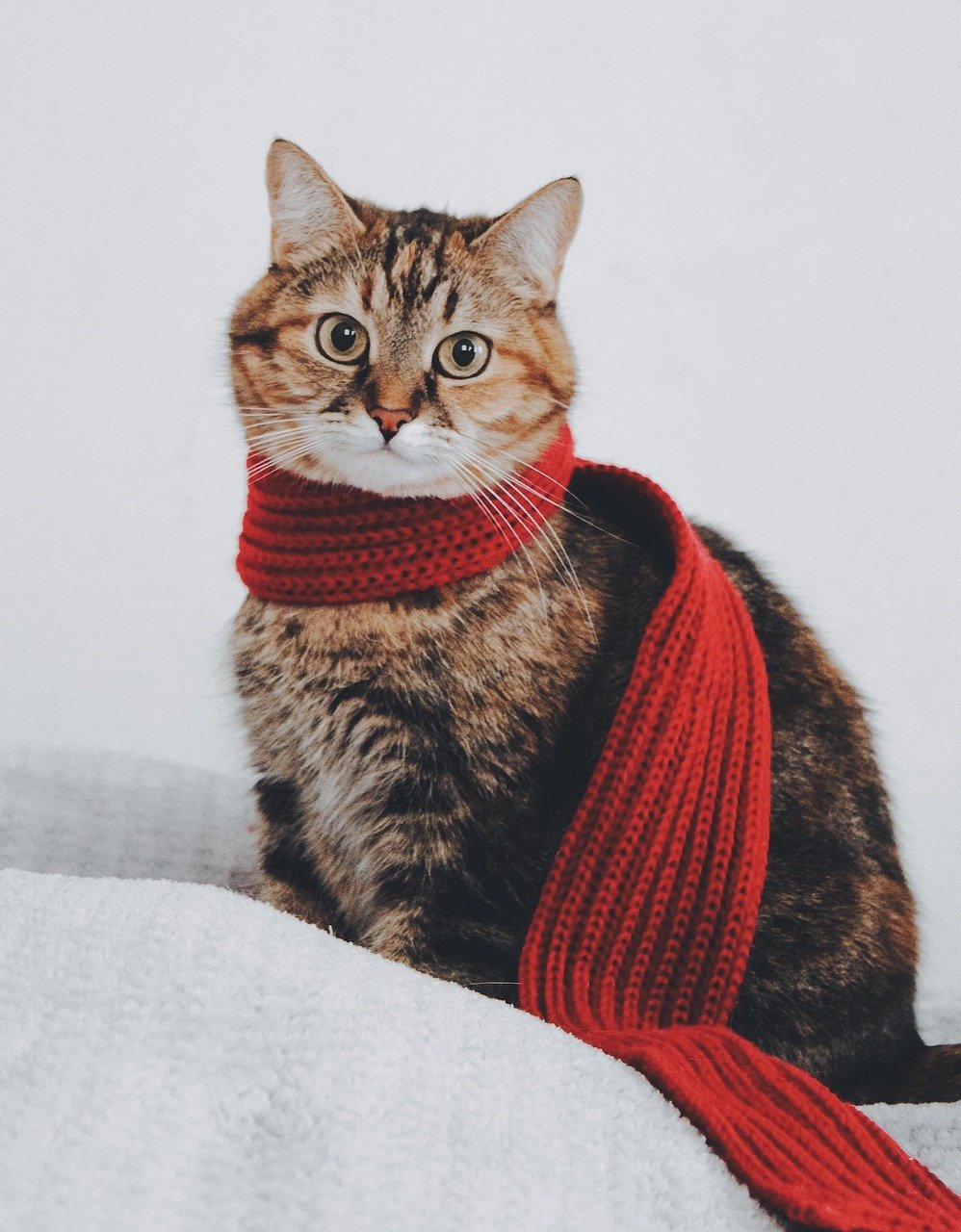
Scent is a powerful sense for cats, capable of triggering both comfort and stress. Certain smells, like familiar bedding or a cozy blanket, can help your cat feel safe and grounded. You can also use feline pheromone diffusers or sprays designed specifically to soothe anxious cats. These products mimic natural calming signals and can transform the mood of an entire room. Some people find that placing an unwashed t-shirt or other item with their scent in the cat’s favorite spot helps too. Avoid using strong cleaning products, perfumes, or candles that may overwhelm your cat’s sensitive nose. Instead, focus on gentle, reassuring aromas that feel like home.
Play Calming Music or White Noise
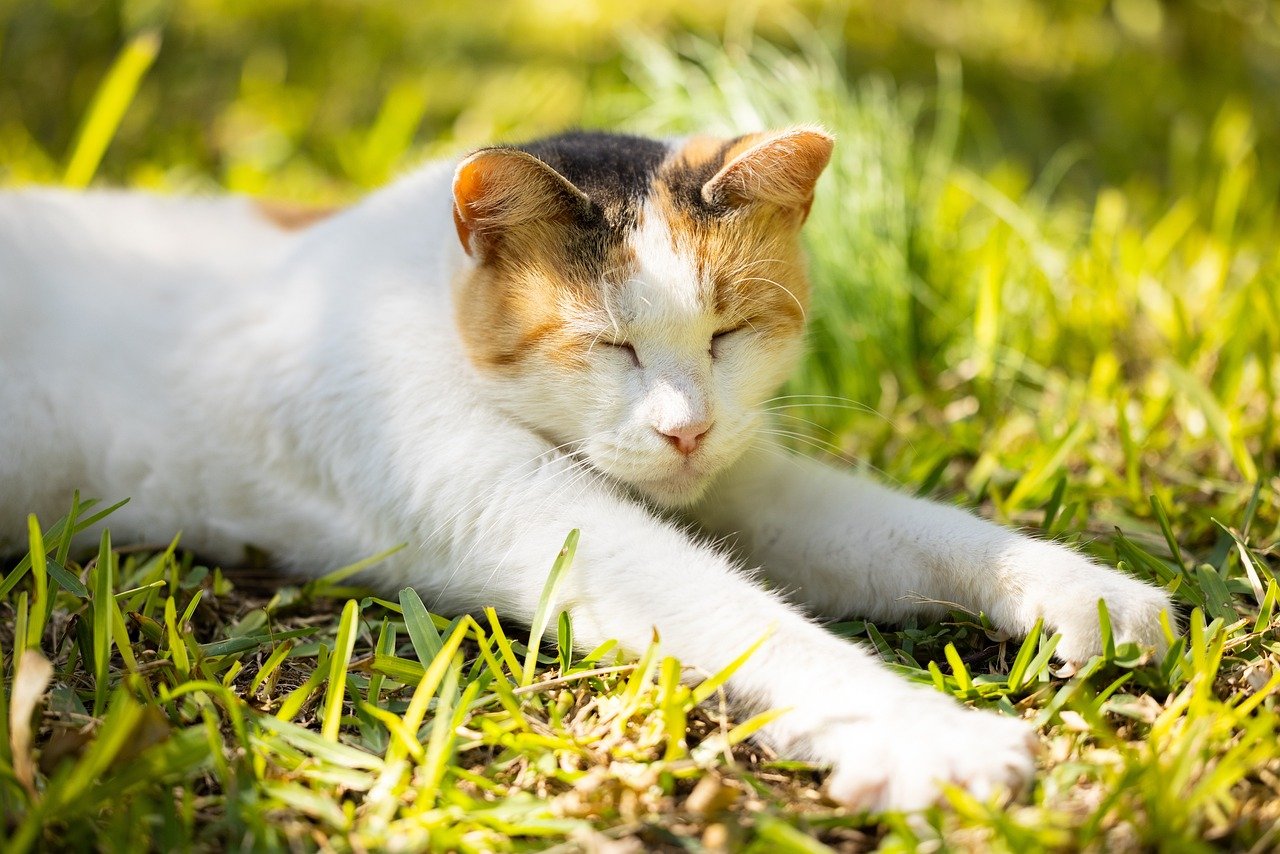
Just like people, cats can be soothed by certain sounds. Gentle music, particularly classical or specially designed “cat music,” can help reduce anxiety and create a peaceful atmosphere. White noise machines or recordings of nature sounds—like rain or birds chirping—are also effective in masking sudden noises that might startle your cat. Keep the volume low and pay attention to your cat’s reaction; if they seem more relaxed, you’re on the right track. Try experimenting with different types of sounds to see what your cat prefers. Over time, you may notice them gravitating towards certain rooms or spots where calming sounds are present.
Maintain a Predictable Routine

Cats thrive on routine, and sudden changes can be a major trigger for emotional overstimulation. Keeping feeding times, play sessions, and quiet moments consistent helps your cat know what to expect each day. When the world feels predictable, it’s easier for them to relax and feel secure. Even small changes—like moving their litter box or rearranging furniture—can throw off their sense of stability. Try to introduce new things gradually and always give your cat time to adjust. Routines aren’t just about meals and naps; they’re about building trust in the environment around them. The more predictable life feels, the less likely your cat is to become overwhelmed.
Create Safe Vertical Spaces

Cats love to climb, and being up high gives them a sense of safety and control. Providing cat trees, shelves, or window perches allows your cat to escape overwhelming situations and observe from a comfortable distance. High-up spaces are especially important in multi-pet homes, where a cat may need a break from other animals. These elevated retreats can become your cat’s sanctuary during stressful moments. You might notice your cat retreating to these spots when people visit or when there’s a lot of noise in the house. Having a place to “get away” is essential for their emotional well-being.
Use Slow Blinking to Show Affection

Have you ever noticed your cat slowly closing its eyes while looking at you? In the feline world, slow blinking is like a kiss—a sign of trust and affection. You can return the gesture by slowly blinking back at your cat. This non-verbal communication assures your pet that you mean no harm and helps foster a sense of safety. Slow blinking can be especially effective when your cat is on edge, as it’s less intrusive than physical contact. Try sitting quietly nearby, making gentle eye contact, and offering a few slow blinks. Over time, many cats will respond in kind, deepening the bond you share.
Minimize Household Stressors

Household chaos—like loud arguments, vacuuming, or lots of visitors—can be overwhelming for sensitive cats. If you know your cat is prone to overstimulation, try to keep their environment as calm as possible. Create quiet zones where your cat can escape from noise and activity, especially during parties or renovations. Inform family members and guests about your cat’s needs so everyone is on the same page. Even small steps, like turning down the TV or closing doors to reduce noise, can make a big difference. A peaceful home is a happier home for everyone, especially your feline friend.
Offer Treats and Positive Reinforcement

Rewarding calm behavior with treats or praise can encourage your cat to relax more often. Whenever your cat settles down after being overstimulated, offer a favorite treat or a gentle word of encouragement. This helps your cat associate calmness with positive outcomes. Make sure to use treats sparingly so you don’t upset their diet, and always pair them with affectionate gestures or soft praise. Over time, this creates a positive feedback loop, making it easier for your cat to recover from stressful moments. Training your cat to come to you for a treat when feeling anxious can also be a helpful tool.
Provide Enrichment and Mental Stimulation
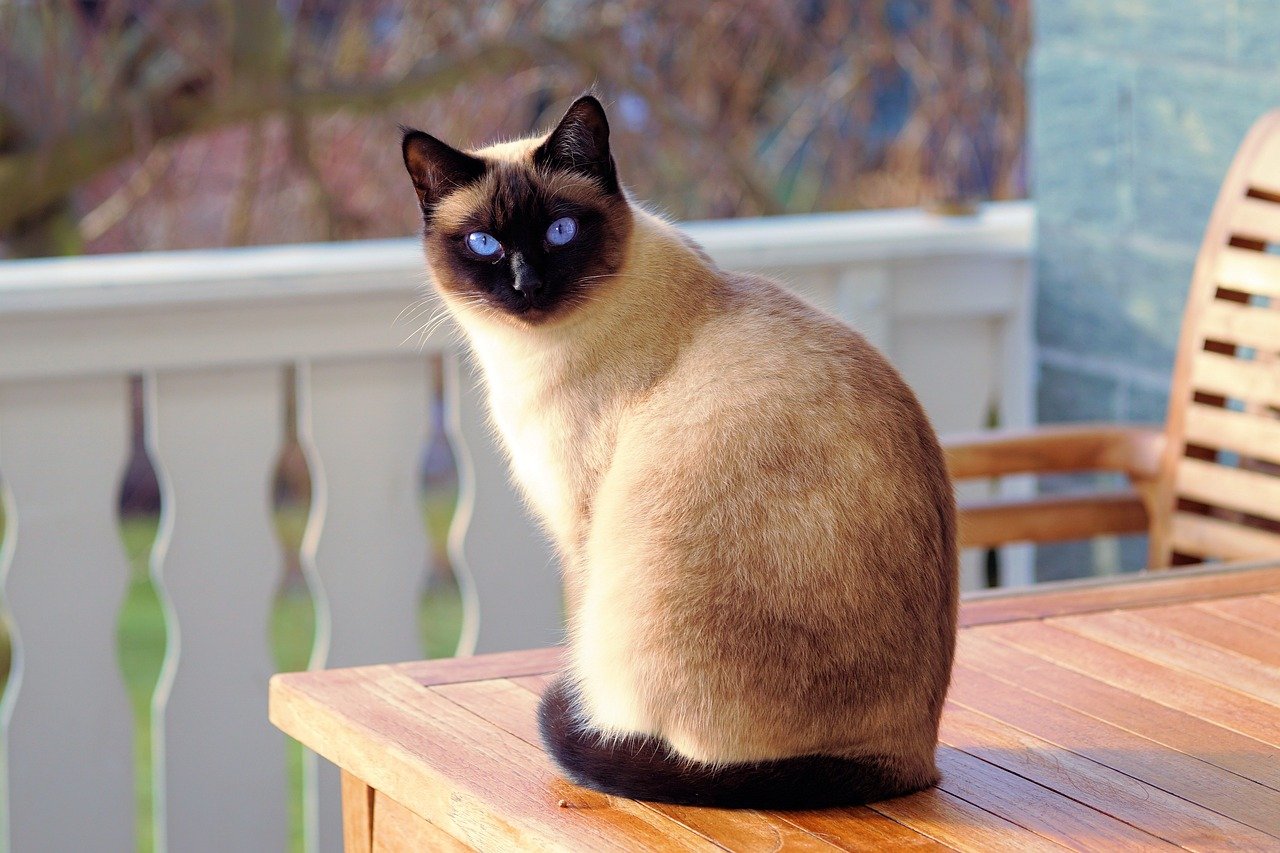
Boredom can lead to pent-up energy, which sometimes spills over as overstimulation. Enrich your cat’s environment with puzzle feeders, interactive toys, and opportunities for exploration. Window perches, cardboard boxes, and safe outdoor enclosures give your cat plenty to see and do. The more mentally engaged your cat is during the day, the less likely they are to become overwhelmed by their emotions. Rotate toys and activities to keep things fresh and exciting. Think of enrichment as a way to exercise both their body and mind, preventing emotional meltdowns before they start.
Monitor Your Cat’s Body Language

Understanding what your cat is communicating through body language is key to preventing and managing overstimulation. Watch for subtle changes, such as a flick of the tail or a shift in posture. Learning your cat’s unique signals lets you step in before things reach a tipping point. If you notice tension building, give your cat some space or try a calming strategy. Over time, you’ll become an expert at reading your cat’s moods, making it much easier to keep them happy and relaxed. Every cat is an individual, so take the time to learn what works best for yours.
Keep Interactions Short and Sweet

When your cat is prone to overstimulation, shorter interactions are often better. Instead of long cuddle sessions, try brief periods of petting or play. Pay close attention to your cat’s reaction and stop at the first sign of discomfort. Ending interactions on a positive note helps prevent negative associations and keeps your bond strong. If your cat seems to enjoy a particular activity, you can gradually increase the time spent together. Remember, quality is more important than quantity when it comes to connecting with your cat.
Stay Calm Yourself
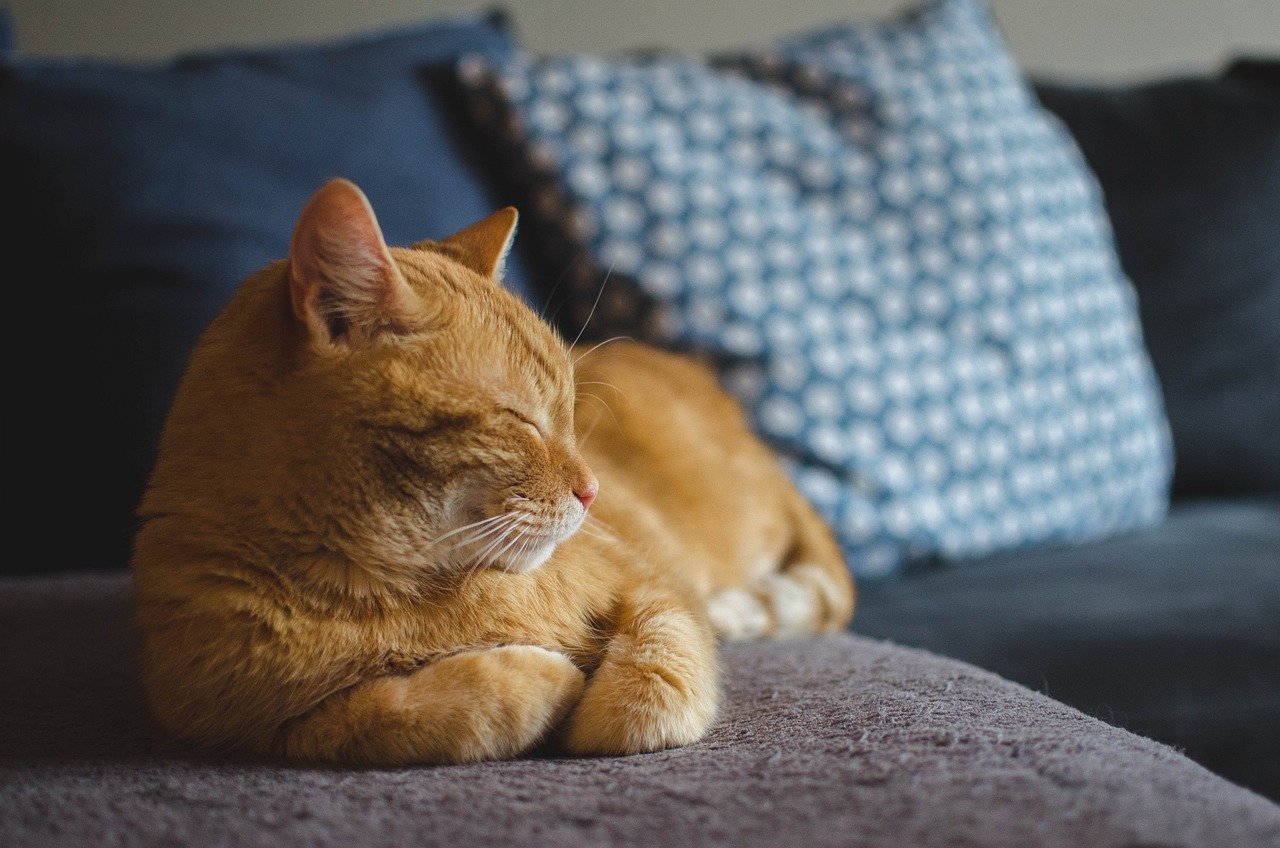
Cats are incredibly sensitive to their owner’s emotions. If you’re feeling anxious or upset, your cat is likely to pick up on it. Make a conscious effort to stay calm and composed during stressful moments. Take a few deep breaths, speak softly, and move slowly around your cat. Your steady presence can be a calming anchor for your pet, even when they’re feeling rattled. Practicing mindfulness and self-care isn’t just good for you—it’s good for your cat, too.
Consult with a Veterinarian if Needed

Sometimes, emotional overstimulation can signal an underlying health issue. If your cat’s behavior changes suddenly or they seem unusually stressed, it’s wise to consult a veterinarian. Medical conditions, such as pain or neurological problems, can make cats more prone to overstimulation. Your vet can rule out any physical causes and help you develop a plan for managing your cat’s stress. Never hesitate to seek professional advice when your cat’s well-being is at stake. Early intervention can prevent problems from getting worse.
Introduce Changes Gradually

Cats are creatures of habit and don’t always handle change well. If you need to introduce something new, whether it’s a new pet, furniture, or routine, do so slowly. Allow your cat plenty of time to adjust and always offer extra comfort during transitions. Gradual introductions are less likely to trigger overstimulation and give your cat a chance to feel secure. Use treats and praise to reward calm behavior during these times. Remember, patience is key—every cat adjusts at their own pace.
Encourage Independent Play

Independent play is a wonderful way for your cat to burn off energy and manage their emotions. Offer toys that your cat can enjoy alone, such as balls, tunnels, or scratching posts. These outlets help your cat self-soothe and prevent boredom-related overstimulation. Make sure toys are safe and rotate them regularly to keep your cat interested. Encouraging solo play also gives you a break and ensures your cat remains active, healthy, and mentally stimulated.
Observe and Respect Individual Limits

Every cat is unique, with their own set of likes, dislikes, and personal limits. What calms one cat might overwhelm another. Spend time getting to know your pet’s preferences and respect their boundaries at all times. If your cat walks away, let them go; if they seek you out, offer gentle attention. This approach builds a foundation of trust and makes it easier to manage emotional overstimulation. Always celebrate your cat’s individuality and cherish the special bond you share.
Make Comfort a Daily Priority

Comfort isn’t just for the tough moments—it’s something your cat needs every single day. Make sure your home offers cozy beds, safe hideouts, and plenty of love. Regular play, predictable routines, and gentle affection all contribute to a happier, more relaxed cat. Over time, these daily comforts become your cat’s emotional safety net, helping them bounce back from stress with confidence. Small acts of kindness—like a soft blanket or a warm lap—can make a world of difference in your cat’s life.
Hi, I’m Bola, a passionate writer and creative strategist with a knack for crafting compelling content that educates, inspires, and connects. Over the years, I’ve honed my skills across various writing fields, including content creation, copywriting, online course development, and video scriptwriting.
When I’m not at my desk, you’ll find me exploring new ideas, reading books, or brainstorming creative ways to solve challenges. I believe that words have the power to transform, and I’m here to help you leverage that power for success.
Thanks for stopping by, Keep coming to this website to checkout new articles form me. You’d always love it!






